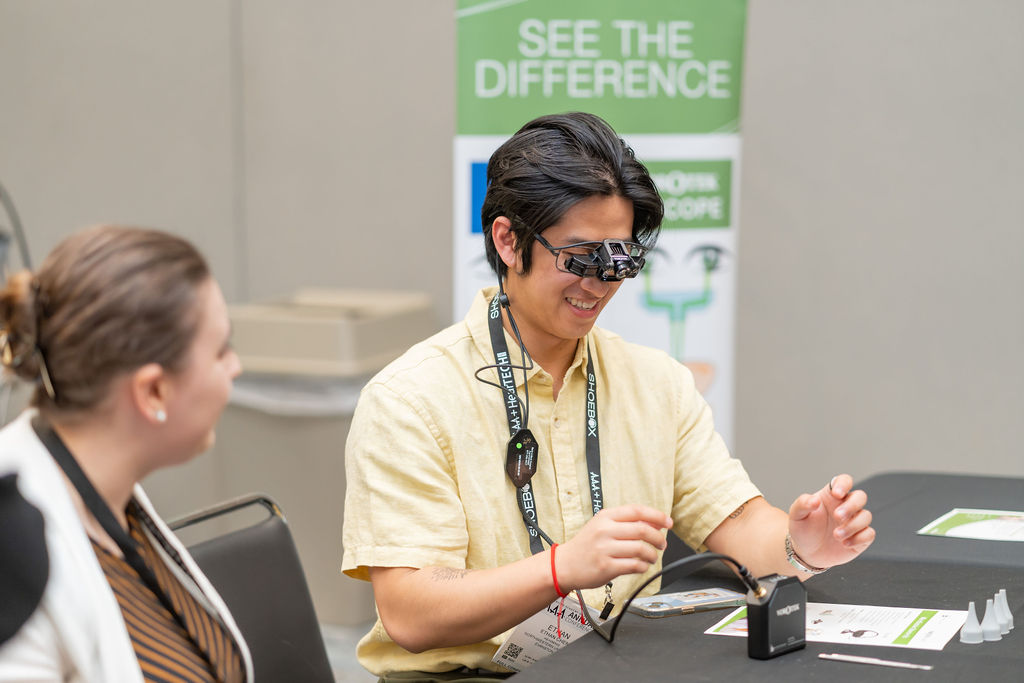Researchers at Karolinska Institute in Sweden have created a method to show how sensory organs in an embryo are formed. The technique involves the injection of a virus into a stem cell in mice. This virus has a genetic “barcode” which researchers then followed to track how the cells developed to form the inner ear. The study reports that the researchers have essentially created a family tree for the cells of the inner ear.
Their results showed that cells in the inner ear, which are crucial for hearing, develop from two main types of stem cells. This new knowledge could lead to new treatments for hearing loss. Researchers further explain that “tracing the origin and development of cells gives us a unique opportunity to understand the basic mechanisms behind hearing loss” (Haan et al., 2025). The researchers hope that their results will assist in finding new ways to repair or replace damaged cells in the inner ear.
The team is now using this method to study other parts of the nervous system to facilitate new treatments for other genetic and developmental diseases.
Reference
De Haan, S., He, J., Corbat, A.A., Belicova, L., Ratz, M., et al. (2025). Ectoderm barcoding reveals neural and cochlear compartmentalization. Science, 2025.
Recent Posts
Turn Insight Into Action! Attend Learning Labs at AAA 2026
Ready to take your professional development to the next level? At AAA 2026, Learning Labs are your chance to go beyond lectures and dive into…
Your Support Makes the Difference—Let’s Finish the Year Strong
As we wrap up the year, I want to thank you for your generosity supporting the AAA Foundation’s work. The enclosed report highlights what you…
Audiology Faces New Challenges Under Draft Federal Loan Rule: What Comes Next
Member Action Needed Soon! The U.S. Department of Education’s Advisory Committee has reached consensus on proposed regulations implementing the higher education provisions of the One…


